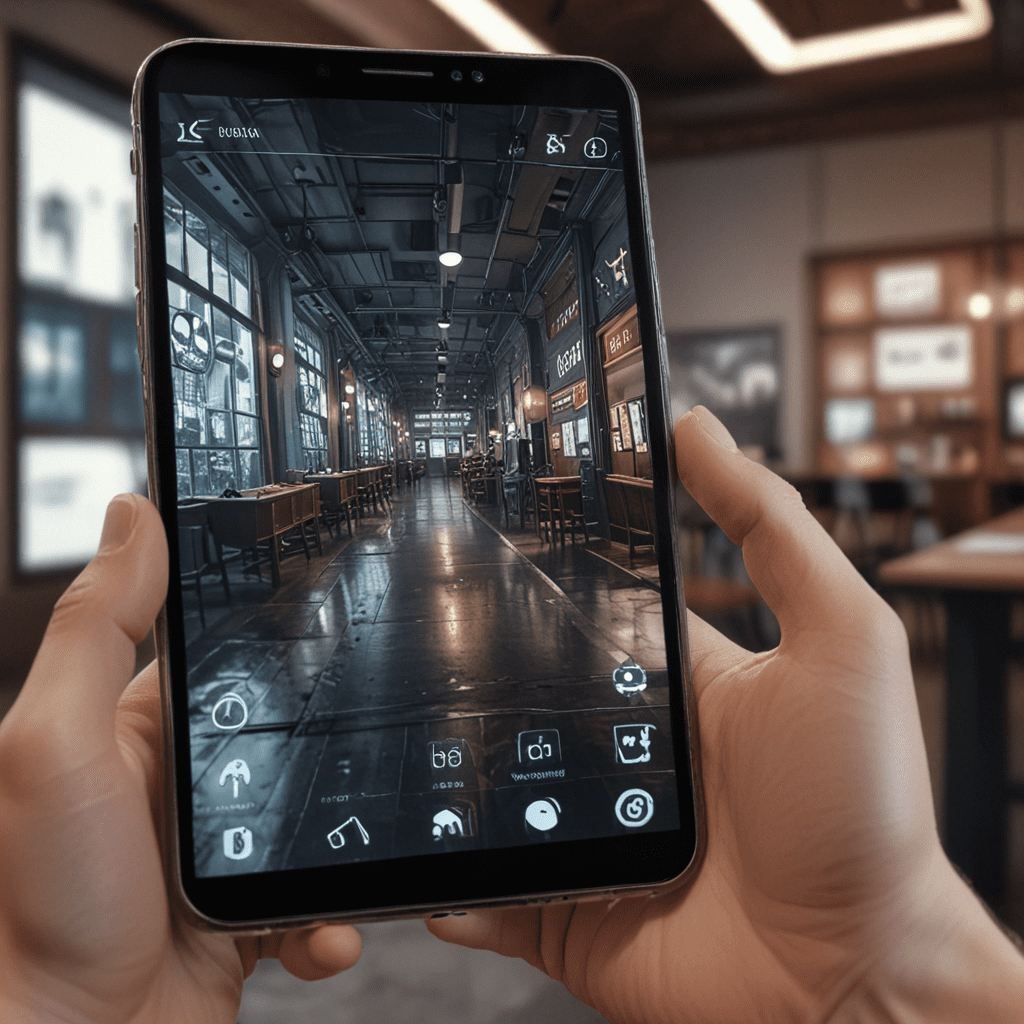The Empowering Role of Technology in Enhancing the Lives of Seniors
Introduction
Technology has become an essential part of our lives, revolutionizing the way we communicate, access information, and perform daily tasks. While often associated with younger generations, technology also offers numerous benefits and opportunities for older adults. In this article, we explore the empowering role of technology in enhancing the lives of seniors, enabling them to maintain their independence, stay connected with loved ones, and access various services and resources that contribute to their overall well-being.
1. Promoting Independence
As individuals age, it’s not uncommon for them to face challenges that may affect their independence. However, technology provides a range of solutions to address these hurdles. Smart home devices, such as voice-activated assistants and automated monitoring systems, enable seniors to control their environment easily. For example, they can adjust room temperature, turn on lights, or lock doors without physical exertion, enhancing their sense of autonomy and convenience.
2. Enhancing Social Connections
Social isolation and loneliness are significant concerns among older adults. Fortunately, technology bridges the gap by keeping seniors connected to their family, friends, and communities. Social media platforms, video calling applications, and online forums foster social interactions, allowing seniors to engage in conversations, share memories, and participate in various interest groups from the comfort of their homes. These virtual connections can combat feelings of loneliness and enhance overall well-being.
3. Facilitating Access to Medical Services
Regular access to healthcare is crucial for seniors, but it can become challenging as mobility decreases or when living in remote areas. Technology helps overcome these obstacles by enabling telemedicine and remote healthcare services. Through video consultations, seniors can get medical advice, review medications, and even receive treatment without leaving their homes. Additionally, wearable devices and health-monitoring apps provide real-time health data, promoting proactive healthcare management.
4. Simplifying Daily Tasks
Technology offers an array of applications and devices explicitly designed to simplify everyday tasks for seniors. Voice-activated assistants, like Amazon Alexa or Google Assistant, help with setting reminders, managing calendars, and even ordering groceries online. Mobile applications provide step-by-step instructions for various activities, such as cooking or exercising, ensuring older adults can complete tasks safely and with confidence. These technological aids alleviate the burden of daily responsibilities, allowing seniors to focus on enjoying their lives.
5. Encouraging Lifelong Learning
Learning is a lifelong process that keeps the mind active and engaged. Technology provides numerous opportunities for seniors to continue their education and pursue personal interests. Online courses and educational platforms offer a wide range of subjects, allowing older adults to expand their knowledge from the comfort of their homes. Additionally, e-books and digital libraries provide easy access to an extensive collection of reading materials, promoting intellectual stimulation and cognitive well-being.
6. Ensuring Safety and Security
Safety is a primary concern for seniors and their loved ones. Technology plays a crucial role in ensuring their well-being, offering various solutions for personal safety and security. Personal emergency response systems (PERS) allow seniors to call for help in case of accidents or medical emergencies, providing peace of mind to both the individuals and their families. Smart home security systems, including alarms and surveillance cameras, enhance the overall safety of seniors’ living environments, reducing the risk of incidents like burglaries or falls.
7. Accessing Information and Entertainment
Technology empowers seniors by granting them easy access to a vast amount of information and entertainment options. Internet connectivity provides opportunities to stay updated with news, explore new hobbies, and access digital libraries. Streaming services offer a wide range of movies, TV shows, and music, providing entertainment at any time. Additionally, digital games and brain-training applications help keep the mind sharp and engaged while offering enjoyable pastimes.
FAQ
Q: Are there any specific technology devices suitable for seniors?
A: Yes, there are many technology devices designed with seniors in mind. Some popular options include smartphones with large buttons and simplified interfaces, tablets with intuitive user interfaces, and wearable devices for health monitoring. It’s important to choose devices that cater to seniors’ specific needs and preferences.
Q: How can seniors learn to use technology?
A: Seniors can learn to use technology through various resources. Local community centers or senior organizations often offer technology classes and workshops specifically tailored for older adults. Online tutorials and user manuals provide step-by-step instructions for using specific devices or applications. Additionally, family members or friends can provide guidance and support in learning how to use technology effectively.
Q: Is technology expensive for seniors?
A: While some technology devices can be expensive, there are affordable options available for seniors. Many smartphones and tablets offer budget-friendly alternatives without compromising essential functionalities. Furthermore, some organizations and government initiatives provide subsidies or programs to help seniors access technology devices and services at reduced costs. It’s worth exploring these options to find a suitable and affordable solution.


